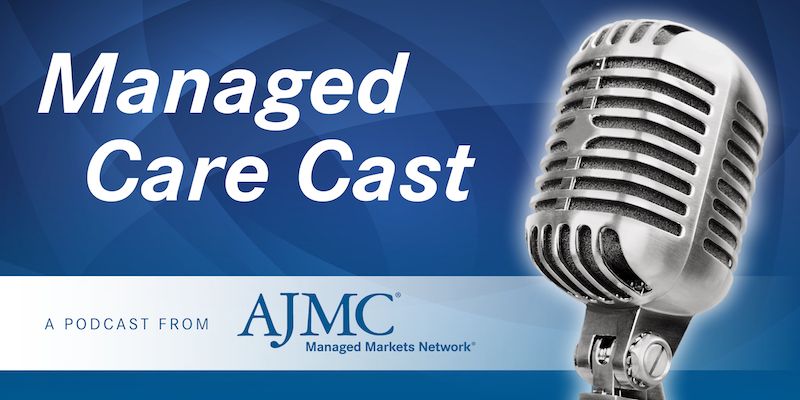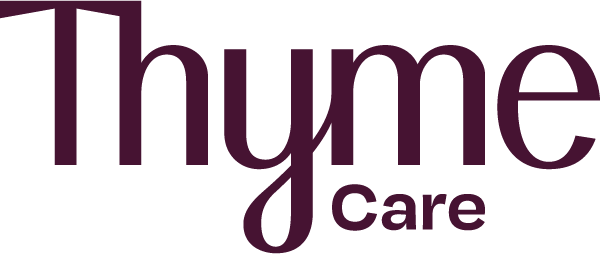Article
Who's Next in Line for New Payment Models? Everybody!
Author(s):
HHS and CMS recently unveiled the CMS Primary Cares Initiative, a group of voluntary payment models that CMS hopes will move primary care farther down the road to value-based care. Recognizing that primary care resources are stretched, CMS hopes the initiative will improve access, quality of care, and outcomes for Medicare patients by encouraging primary care physicians (PCPs) to play a more prominent role in caring for patients with complex conditions.
While the Primary Cares Initiative focuses on PCPs, it has implications for all providers, particularly specialists. Simply put, the initiative is just one more indication that CMS is moving forward on their promise to transition healthcare to value-based care, and it is only a matter of time before CMS sets its sights on specialty-focused Advanced Alternative Payment Models (AAPMs).
The majority of today’s healthcare delivery systems are designed to be reactive and address problems once they exist. The new models reward providers for delivering proactive care and keeping patients healthy, helping to prevent chronic conditions and identifying conditions that require specialty care earlier. Theoretically, fewer and less costly resources should be required to manage conditions, and better patient outcomes should be achieved. For example, in oncology, fewer patients may be diagnosed with cancer or patients may be referred to an oncologist earlier, resulting in cost savings and better outcomes.
Oncology has already seen the emergence of a CMS-driven APM, the Oncology Care Model (OCM), a 5-year pilot program designed to reduce the cost of care while improving quality, care coordination and patient outcomes. The OCM will most likely lead to a more sophisticated APM when the pilot ends in June 2021.
CMS-Led Programs Have Similarities
Many of the new CMS programs have numerous common elements and goals. The PCP programs, the OCM, and the newly proposed Radiation Oncology APM all focus on reducing Medicare expenditures while ensuring quality care. All models also include a patient experience component, keeping patients at the forefront.
Like the OCM, several PCP models support transformation activities with payments to redesign care management services. Practice transformation is critical for success in any of these models. Practices will likely have difficulty achieving program goals or earning incentives utilizing current workflows and care delivery models. Models also include performance-based incentive payments for reducing utilization and improving quality and patient experience.
Participants in the OCM are facing the decision now on whether to engage in 2-sided risk, while participants in the PCP and Radiation Oncology models are required to assume financial risk at initiation of the program. In the radiation model, providers receive a bundled payment for most radiation services furnished during a 90-day care episode. The program includes a 3% withhold for quality and patient satisfaction measures, which must be met to earn this amount back. As a result, if practices do not perform, they receive less reimbursement than they would under fee-for-service, whereas the PCP models include varying levels of risk by offering options with reduced fee-for-service payments, flat primary care visit fees, and partially or fully capitated population-based payments.
In all programs, CMS is rewarding practices who assume financial risk by lessening administrative requirements associated with traditional fee-for-service models and upside-only agreements. We have yet to see what decreasing administrative burden means in practice. Moving forward, CMS will likely incorporate strategies into new models that provide greater predictability of healthcare expenditures and that require providers to assume financial risk. As CMS collects more clinical and claims data through these early programs, they will be able to establish bundled care rates per condition, requiring specialty providers to diligently manage patients and coordinate care.
Commercial Sector Is Influenced by New Models
Each time CMS creates an APM, it stirs activity among commercial payers who usually align their reimbursement guidelines closely with CMS policies. Commercial payers tend to focus on a subgroup of program requirements they believe are drivers of high-value care and are realistic for them to monitor and report. Most likely, they will continue to mirror CMS programs in the future.
Success Depends on Continual Improvement
Specialty providers are already participating in the Merit-based Incentive Payment System, and many oncologists are taking part in the OCM. While these providers have a good start on value-based care, they must continue to improve performance, especially as programs become more challenging and begin to incorporate cost components or 2-sided risk. There are several key areas providers should focus on to help ensure ongoing success with value-based models:
Holistic transformation: Regardless of which program providers participate in, there must be a constant and progressive focus on holistic transformation. Many practices have targeted the low-hanging fruit during these initial years. Soon they will be required to start tackling more services along the continuum of care. One example is higher and more consistent integration of enhanced services (in oncology, this equates to palliative care, advance care planning, social work, and nutrition therapy). Providers will need to build mechanisms, such as care paths or remote patient-reported outcomes tools to identify unmet needs and connect patients with appropriate services at the right time and place. This personalized approach helps prevent side effects, complications and avoidable emergency department visits and hospitalizations―all leading to better outcomes, lower healthcare expenditures and improved patient experience.
Total cost of care: Clinical decision support tools can help guide providers in developing evidence-based treatment plans, addressing uncontrolled symptoms and ordering appropriate diagnostic studies. Clinicians will need to identify high-quality providers for referral who offer affordable care. Diligence in this area will help practices manage the total cost of care. For instance, a computed tomography scan is typically more expensive in a hospital setting versus an outpatient imaging center due to hospital fee schedules and additional facility fees.
Accountability and training: Some critical components of value-based care require long and potentially difficult patient conversations. Staff and providers need to be equipped to introduce and explore challenging topics with patients. Expectations also should be established, and care team members held accountable for addressing components of care in a timely manner. Enhanced services tend to have inconsistent integration into care plans because it takes time to introduce and educate patients on the value of these additional visits. Cancer patients, for instance, are often overwhelmed by the number of medical appointments and are not always willing to schedule these visits. Unfortunately, this can lead to complications, poor quality of life, and subpar care. As an example, patients who are enrolled in hospice for less than 3 days are more likely to pass away in a hospital or intensive care unit, based on data from the OCM. Building advance care planning into the continuum of care can smooth the transition into hospice and provide a better end-of-life experience for patients and loved ones.
The Bottom Line: Value-Based Care Is Here to Stay
Providers who are in denial about the value-based care evolution should take note of the new primary care AAPMs. They are continued evidence of CMS’ commitment to transform the delivery of healthcare. Three of the models involve capitated rates, likely indicating that PCPs can expect this as the standard reimbursement structure in the future. Providers who are holding back from engaging in value-based care should carefully consider the long-term implications of not being an early adopter. There will be a time when learning periods no longer exist and providers will have no choice but to assume full financial risk. Those who hesitate to embrace value-based care will find themselves in a state of rapid transformation competing with others who already have significant experience and practice.





